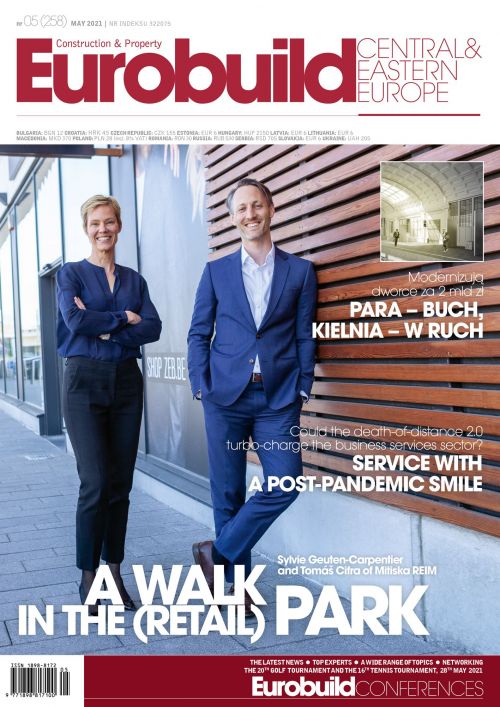As Wojciech Zabłocki, the investment director at PKP, explains, the programme, which started in 2016 and will continue until the end of 2023, includes improvements to both listed buildings and those that are not covered by such legal strictures, as well as erecting completely new buildings, referred to as Innovative System Stations [Innowacyjne Dworce Systemowe]. This investment in the railway buildings is being financed by the PKP as well as by the state and from the EU’s Operational Programme – Infrastructure and Environment.
Historic value
“In theory, the modernisation of a historic building can be divided into several stages. Depending on the type of project, this includes preparing a functional use study or drawing up a description of the building that is to be refurbished, then commissioning architectural studios to prepare the right project documentation and applying for all the necessary administrative decisions. Only then can we get down to rebuilding the































































